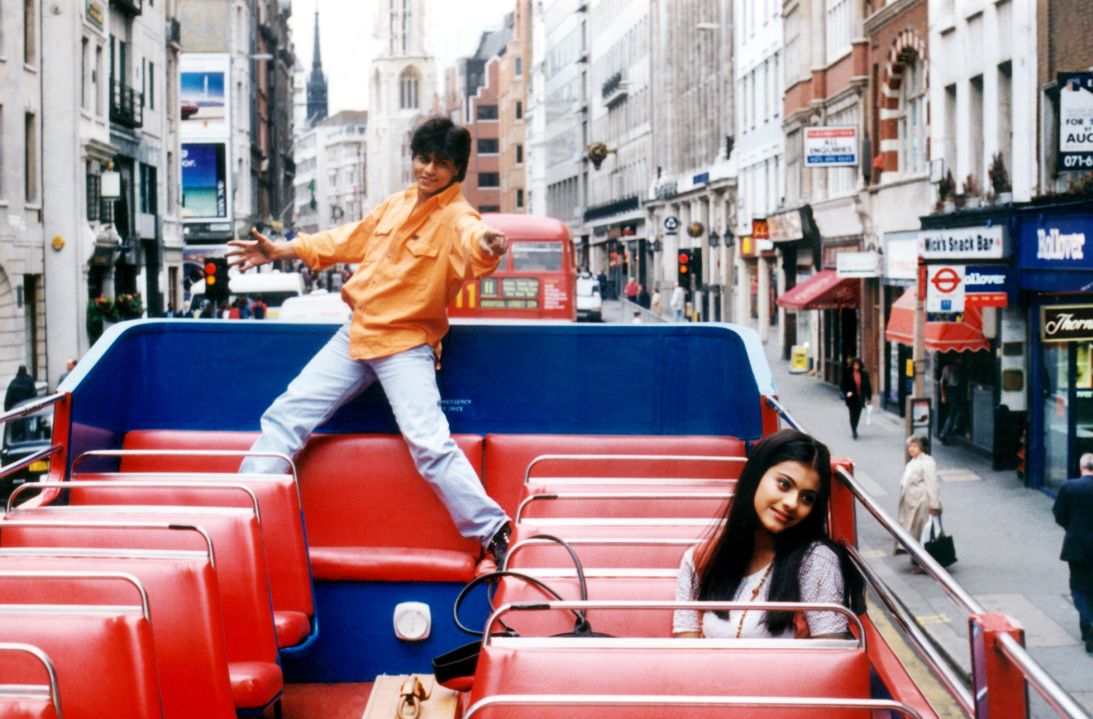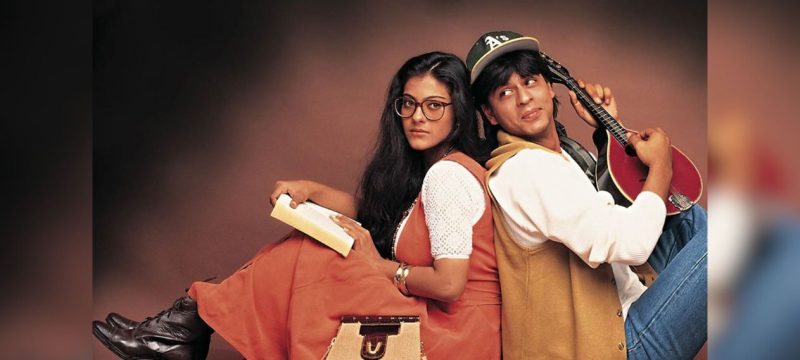Inside Mumbai’s historic Maratha Mandir theater, audiences still rise to their feet as the first mandolin notes of Dilwale Dulhania Le Jayenge fill the air. For nearly three decades, this cinematic ritual has endured — a daily celebration of love, nostalgia, and cultural memory, all for less than a dollar a ticket.
Released in 1995, DDLJ told the story of Raj and Simran — two young Indians raised in London who fall in love while traveling across Europe. What began as a simple romance soon became a national phenomenon, defining an era and cementing Shah Rukh Khan and Kajol as Bollywood royalty.
Today, fans of all ages still gather at Maratha Mandir — from tourists seeking a glimpse of Bollywood history to locals who’ve watched the movie hundreds of times. “Sometimes I cry, sometimes there’s pain. There’s happiness, there’s sadness,” said Suneel Shedge, a 50-year-old diamond worker who’s been attending screenings for years.
Critics and historians credit DDLJ with capturing the spirit of a transforming India — a country embracing globalization while trying to hold onto its traditions. Released in the wake of economic liberalization, it mirrored the aspirations of a generation caught between modern love and parental approval.

The film’s enduring appeal lies in that balance. Director Aditya Chopra’s story bridged East and West — where love doesn’t rebel but seeks acceptance. As critic Anupama Chopra put it, “When the cinema gods align, you get a classic — a romantic blueprint for generations.”
Beyond its narrative, the movie reshaped Bollywood itself. Its influence can be traced across future blockbusters like Kabhi Khushi Kabhie Gham and Kal Ho Naa Ho, each reflecting the diaspora’s evolving relationship with love, identity, and family.
Still, the film is not immune to modern scrutiny. Some younger viewers find parts of its gender dynamics outdated — particularly scenes where Simran’s agency feels limited. Yet, as Chopra notes, “Every film is a product of its time. We were swept by the romance.”
At Maratha Mandir, though, that romance is very much alive. Phones rise to record every familiar moment; laughter and applause still erupt at the same beats. Even as the seats age and posters fade, DDLJ continues to bridge generations.
“As long as I’m alive,” Shedge says, watching Raj and Simran embrace one more time, “I’ll keep watching this film.”
In other news also read about MrBeast Breaks the Internet with Bollywood’s Three Khans in Riyadh









